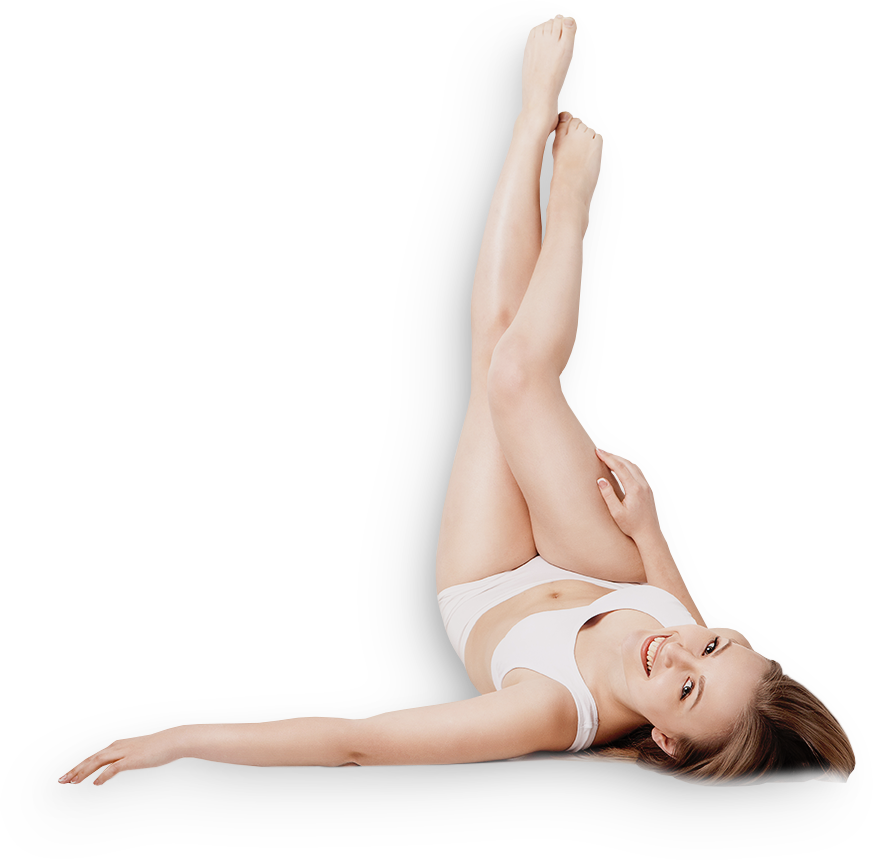Active Webinar

Webinar STEP FOR HEALTH - HALLUX
The health of our feet is crucial to our comfort and function in everyday life. Sometimes, however, various factors can make this difficult for us. Hallux valgus is one of them - And it affects around one in 25 people. Where do they come from and how do we deal with them so that they do not make our lives miserable? It is worth starting by understanding what this disease of civilisation is about.

For each webinar, we offer our customers free gifts

This webinar is available in 6 languages

The webinar lasts up to 70 minutes and you can watch it on PC
The price of the current edition €59




